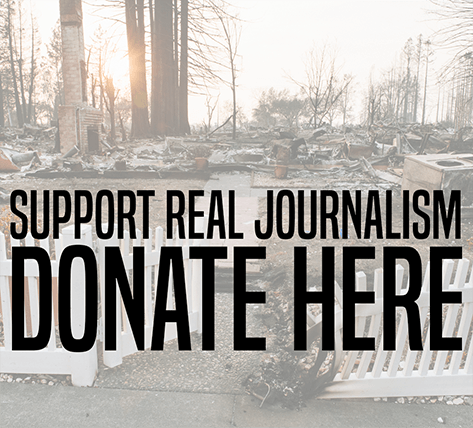Labor & Economy
A Privatized Medicaid Nightmare
In April, when Iowa governor Terry Branstad handed over the state’s Medicaid program to private insurance companies, many questioned his motives. Recent large-scale transitions to privatized Medicaid in states like Florida and Kansas haven’t fared well.
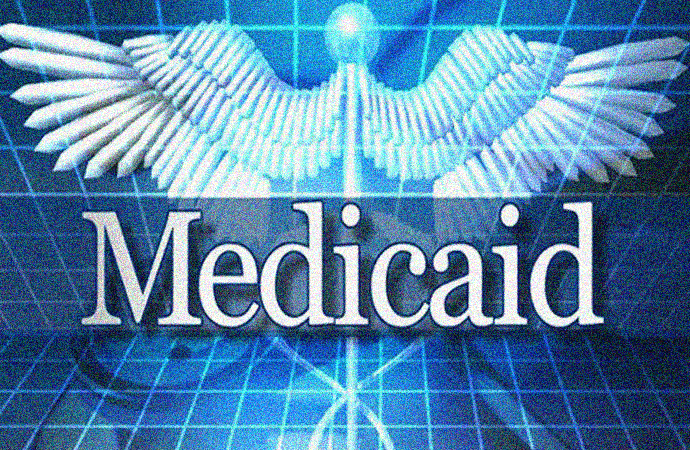
Four months is all it took.
In April, when Iowa governor Terry Branstad handed over the state’s Medicaid program to private insurance companies, many questioned his motives. Recent large-scale transitions to privatized Medicaid in states like Florida and Kansas haven’t fared well. The Des Moines Register warned, “The health care of a half million people and $4 billion in public money are at stake.”
Now, just four months later, billing problems are piling up.
Hundreds of Iowa’s Medicaid providers say the insurance companies aren’t paying them on time. For many, administrative costs have gone up. The privatized program, which Branstad claimed would “modernize” care, is actually making it harder for many doctors, hospitals, clinics and nonprofits to provide care.
A state senator says the program is in “a state of emergency.” If providers continue to go unpaid, many may be forced to stop taking Medicaid patients or to close their doors all together.
By handing over control of Medicaid to corporations, Branstad has jeopardized the jobs of thousands of providers and the health of nearly 600,000 elderly, disabled, and poor Iowans—22 percent of the state’s population.
So why is this even happening? Branstad should’ve known that allowing corporations to profit from the only source of health care available to the state’s most vulnerable wouldn’t add up. If he had simply looked southwest a few hundred miles, to Kansas, he would’ve seen that privatizing Medicaid there has led to rising costs and reduced care.
The Register recently hit the nail on the head by observing, “Elected officials who are loathe to raise taxes to pay for the increased cost of public services can always find someone who claims they can do the job for less money while still generating a profit.”
Instead of investing in Medicaid, Branstad chose to follow the “smaller government” playbook, which says privatization saves taxpayers money. But it’s pretty clear what privatization is really about. By weakening democratic public control over a vital public good, the already vulnerable are at risk of being pushed further to the margins.
Later this year, we at In the Public Interest are releasing a report on the ways in which the decades-long experiment of privatizing public goods and services has helped fuel America’s recent historic inequality. From Medicaid to public transit, education and water, privatization often hurts those who need public goods the most. We hope the report helps us work together to restore the very sense of “community” that sustains a healthy and equitable society.
Quality public goods and services are a must-have in such a society. They should be controlled by us, not corporations.

-

 The SlickNovember 14, 2025
The SlickNovember 14, 2025Can an Imperiled Frog Stop Oil Drilling Near Denver Suburbs? Residents Hope So.
-
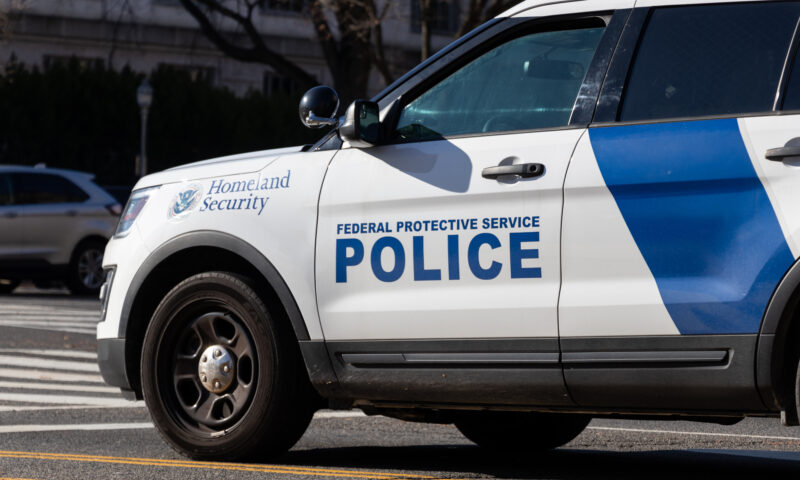
 Latest NewsNovember 11, 2025
Latest NewsNovember 11, 2025Photos, Video, Protests — Homeland Security Tightens Rule on Anti-ICE Activities
-
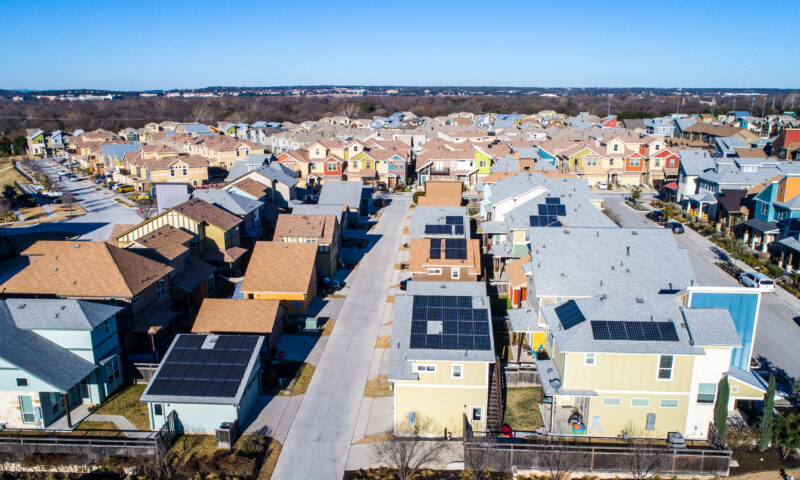
 The SlickNovember 12, 2025
The SlickNovember 12, 2025Known for Its Oil, Texas Became a Renewable Energy Leader. Now It’s Being Unplugged.
-
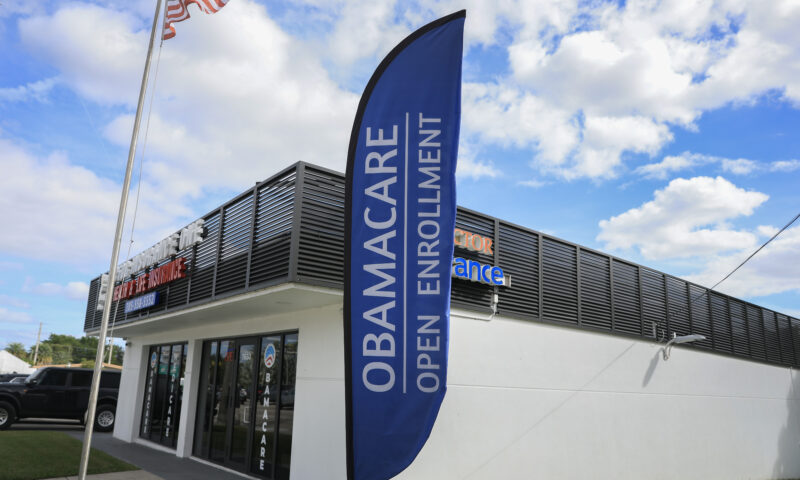
 Column - State of InequalityNovember 13, 2025
Column - State of InequalityNovember 13, 2025Barring a Sharp Shift, Health Insurance Costs Will Skyrocket
-

 Latest NewsNovember 19, 2025
Latest NewsNovember 19, 2025How Employers and Labor Groups Are Trying to Protect Workers From ICE
-

 Latest NewsNovember 18, 2025
Latest NewsNovember 18, 2025Future of Special Education at Risk, Teachers Say, as Trump Moves to Cut Staff and Programs
-
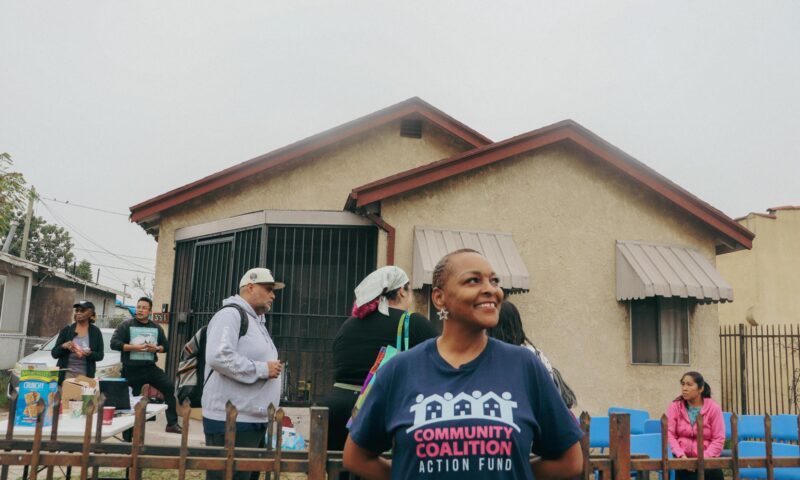
 Latest NewsNovember 17, 2025
Latest NewsNovember 17, 2025In South L.A., Black and Latino Neighbors Unite Against ICE as Systems Fail
-
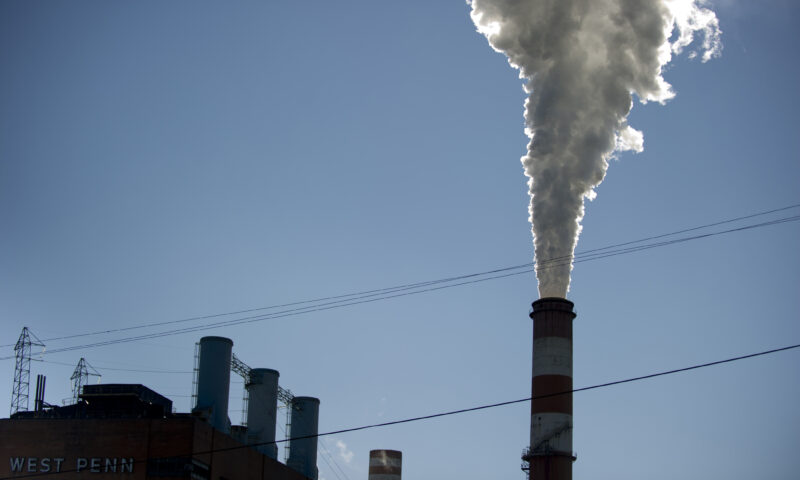
 The SlickNovember 18, 2025
The SlickNovember 18, 2025After Years of Sparring, Gov. Shapiro Abandons Pennsylvania’s Landmark Climate Initiative

